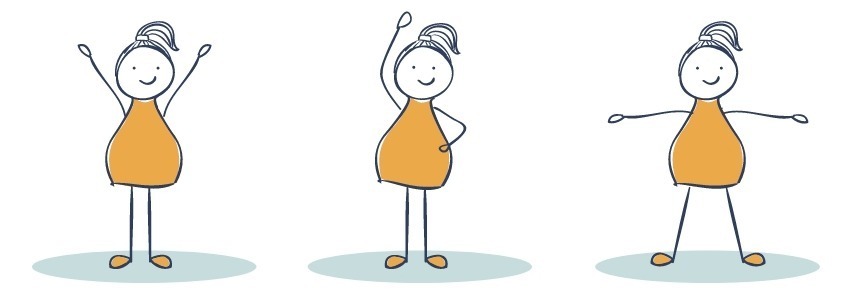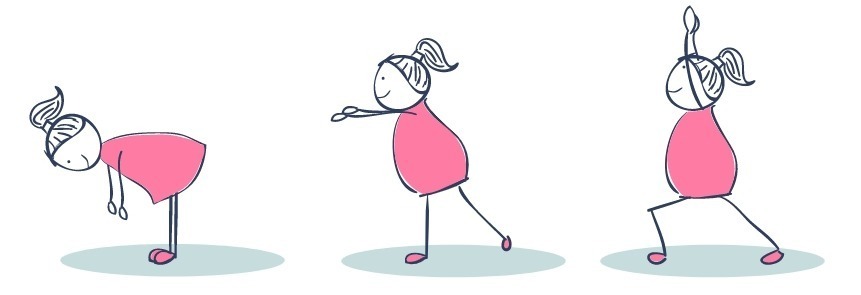-
Question of
The quadriceps muscle group is made up of how many individual muscles?
-
4
-
2
-
3
-
6
-
-
Question of
What are the name of the vertebrae of the mid back?
-
Thoracic
-
Cervical
-
Sacral
-
Atlas
-
-
Question of
What is the action of the biceps brachii?
-
Elbow flexion
-
Elbow extension
-
-
Question of
What do the intercostal muscles help us do?
-
Swallow
-
Breathe
-
Walk
-
Hear
-
-
Question of
The gluteus muscle group is made up of 3 individual muscles; what is the action of the gluteus medius?
-
Knee extension
-
Hip abduction
-
-
Question of
What part of the brain coordinates voluntary movements?
-
Cerebellum
-
Frontal lobe
-
Brainstem
-
Temporal lobe
-
-
Question of
What is the job of the ACL?
-
Prevent knee hyperextension
-
Prevent knee flexion
-
-
Question of
The wrist is made up of how many carpal bones?
-
5
-
8
-
13
-
19
-
-
Question of
Which lung has 3 lobes ?
-
Right
-
Both
-
Left
-
Neither
-
-
Question of
4 muscles make up the rotator cuff, what are the names of these muscles ?
-
Deltoid, infraspinatus, teres major, subscapularis
-
Supraspinatus, infraspinatus, teres minor, subscapularis
-



